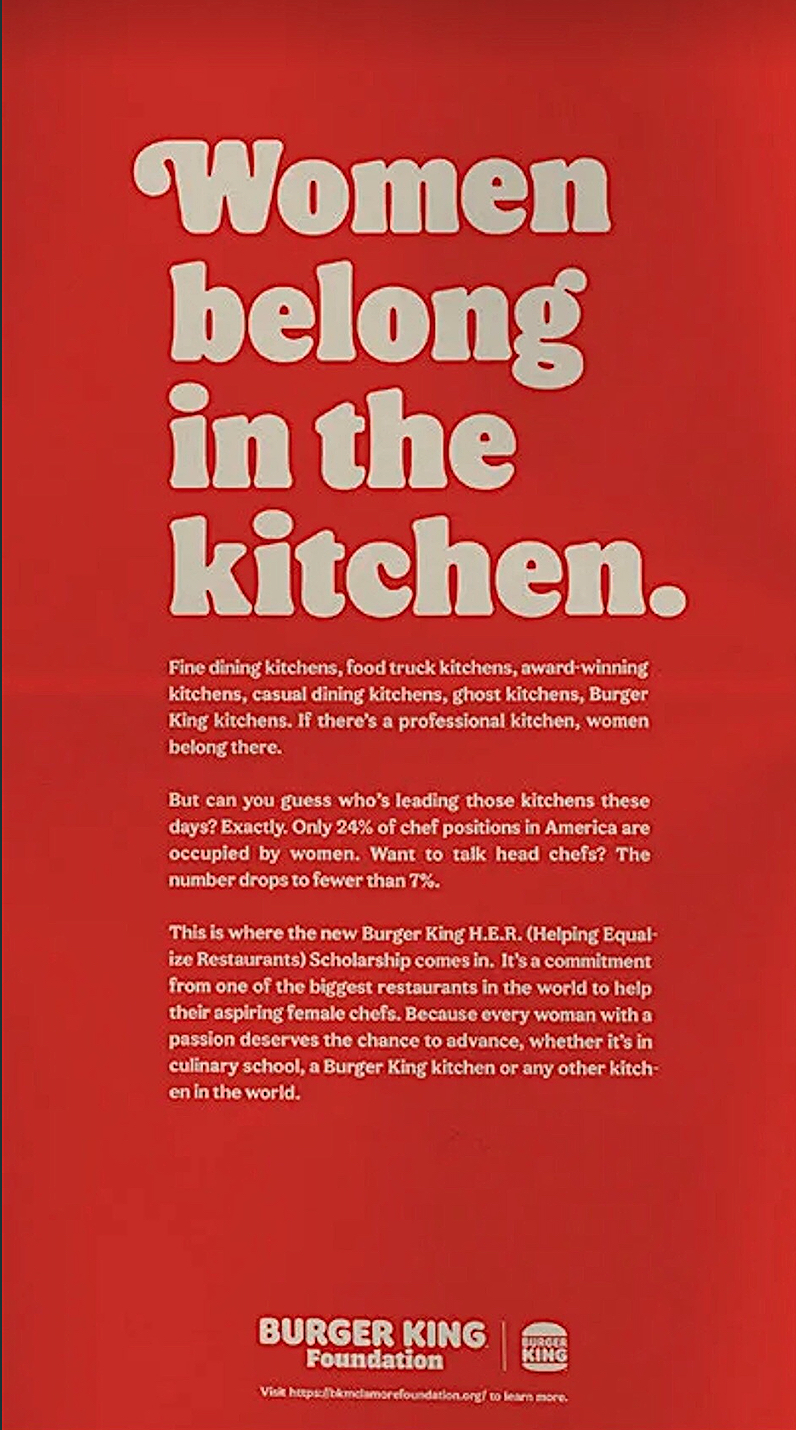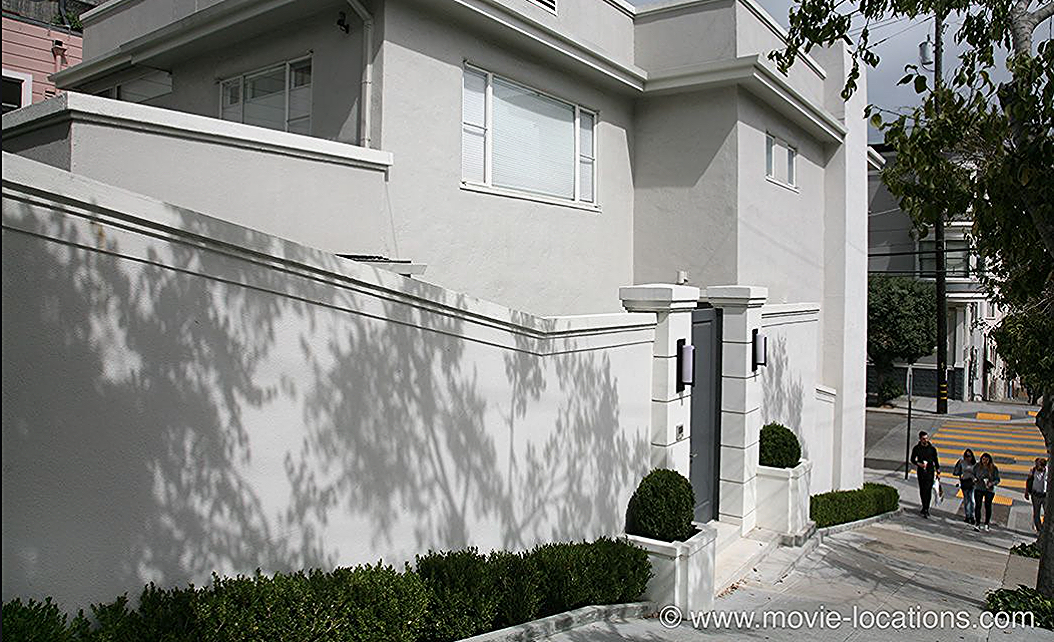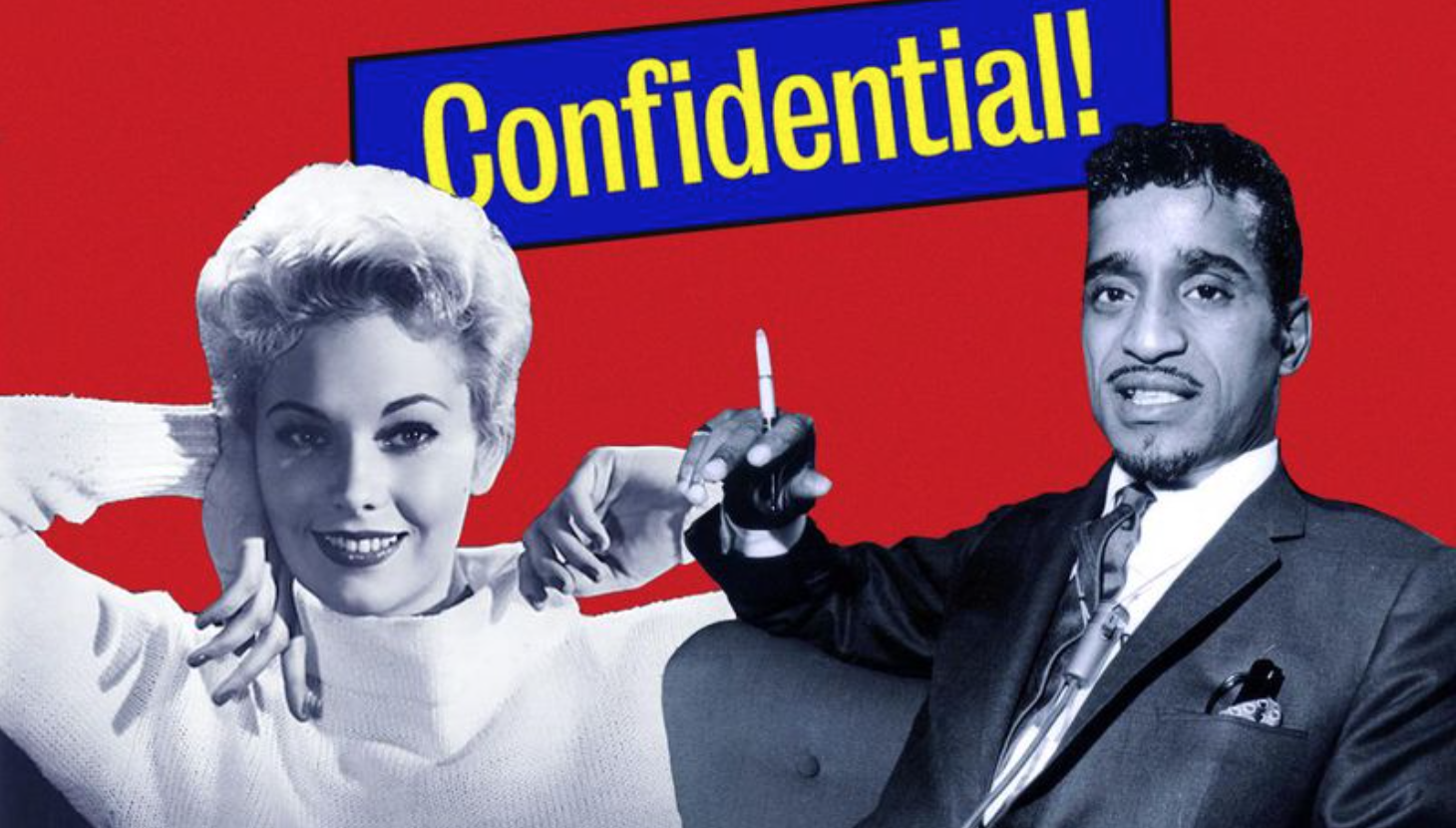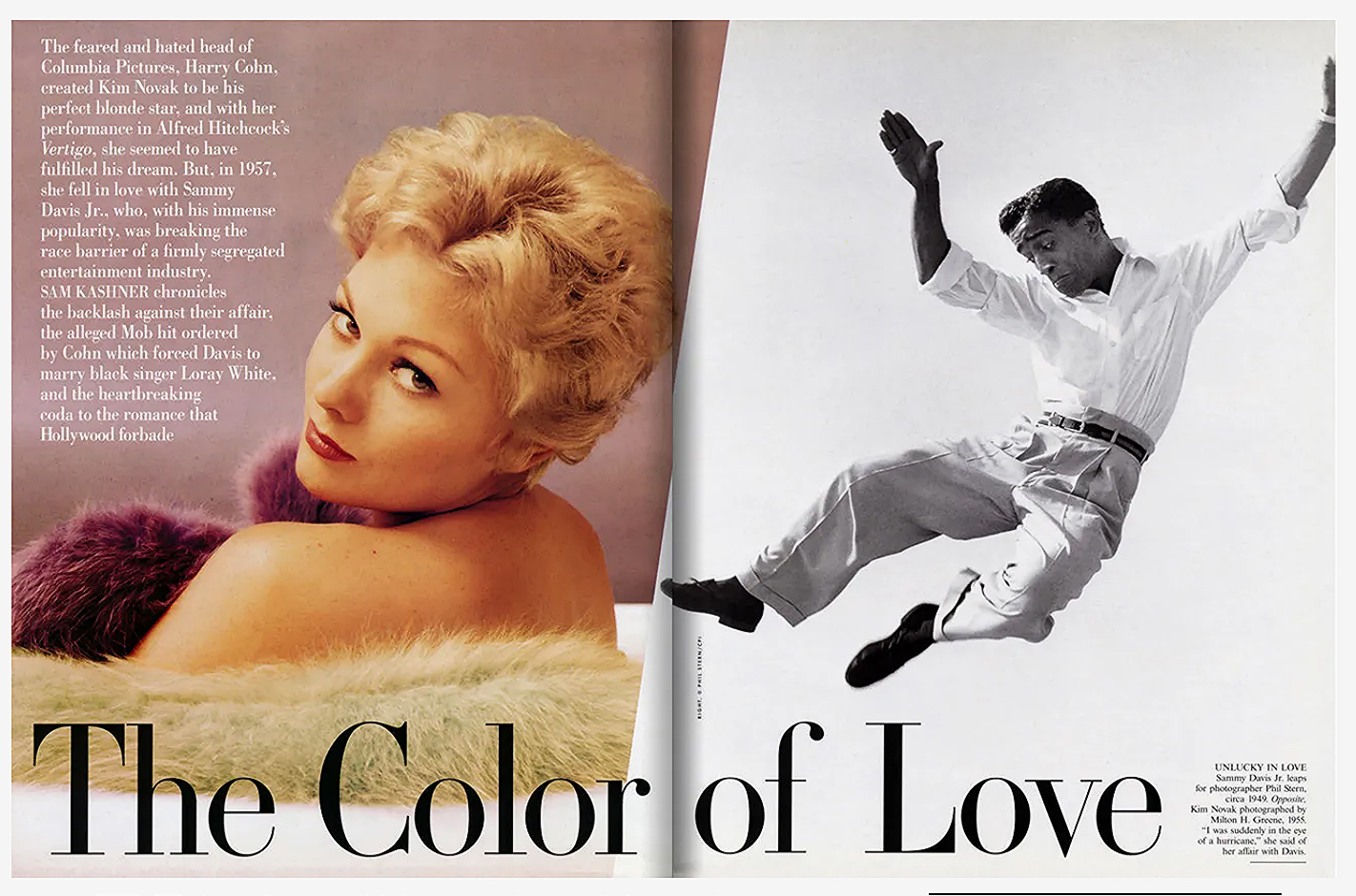Why oh why would Academy honchos be seriously considering staging the 93rd Academy Awards at Union Station, the deco moderne-ish, not-all-that-cavernous railway station** in downtown Los Angeles? Especially when they could do the show from the soon-to-open Academy museum, which could use the promotion and has all kinds of indoor and outdoor spaces (300,000 square feet!) to fool around with…c’mon!
What, seriously, is so damn great about Union Station apart from the appealing early 20th Century design and the fact that many films have used it for period atmosphere?
Funded in 1926, built during the 1930s and opened in May 1939, Union Station is probably the most storied and nostalgic public access structure in all of Los Angeles. To me it’s a Fred MacMurray environment. I was down there three or four months ago, catching an early morning train to San Diego, and everything I saw, sat on, heard, touched and smelled said “Fred MacMurray, Fred MacMurray, Fred MacMurray.”
I understand the Academy’s affection for the MacMurray atmosphere, but at the same time they surely must realize that Millennials and Zoomers, viewers that the Oscar telecast needs in order to remain viable in the future, don’t give a damn about the guy.
It would be one thing if MacMurray mattered in the ’80s, which most Millennials and Zoomers have at least some vague recollection of (even though they mostly regard the Age of Reagan in the same light as the Dead Sea Scrolls), but he stopped being part of the cultural conversation when My Three Sons was cancelled in the mid ’60s.
Academy CEO Dawn Hudson to Millennials, Zoomers: “It’s not just that Fred MacMurray’s career was peaking when Union Station opened, but the fact that we all need to bring a little Fred MacMurray back into their lives in this, a time of continuing Covid depression and lethargy. We need that droll speaking voice, that overfed look, that hat, those baggy pants, that corrupted Walter Neff vibe.”
Is the Academy museum, slated to open on 9.30.21, still being worked on? Does it still have scaffolding and tarps and whatnot? Fine! Use that still-not-finished atmosphere for a sense of realism and a basis for jokes.
Deadline‘s Michael Fleming, posted five days ago: “Nothing is set yet, but sources [are saying] that Union Station is the venue AMPAS and ABC favor at the moment.”
Killer Fleming quote: “Will stars need to wear masks, even if they are properly distanced? Maybe not. It would be a far more visually appealing if masks weren’t part of the fashion.”














